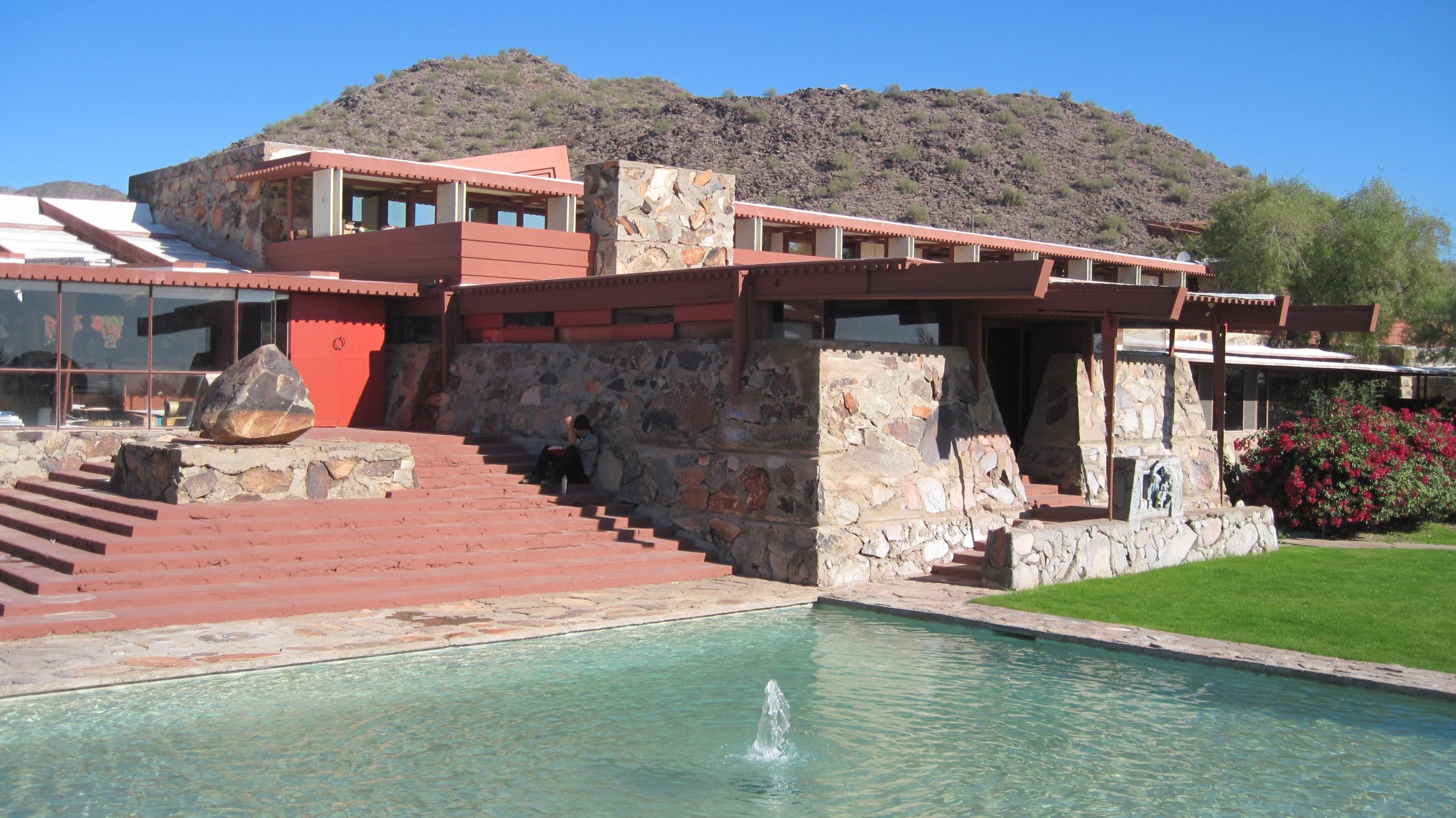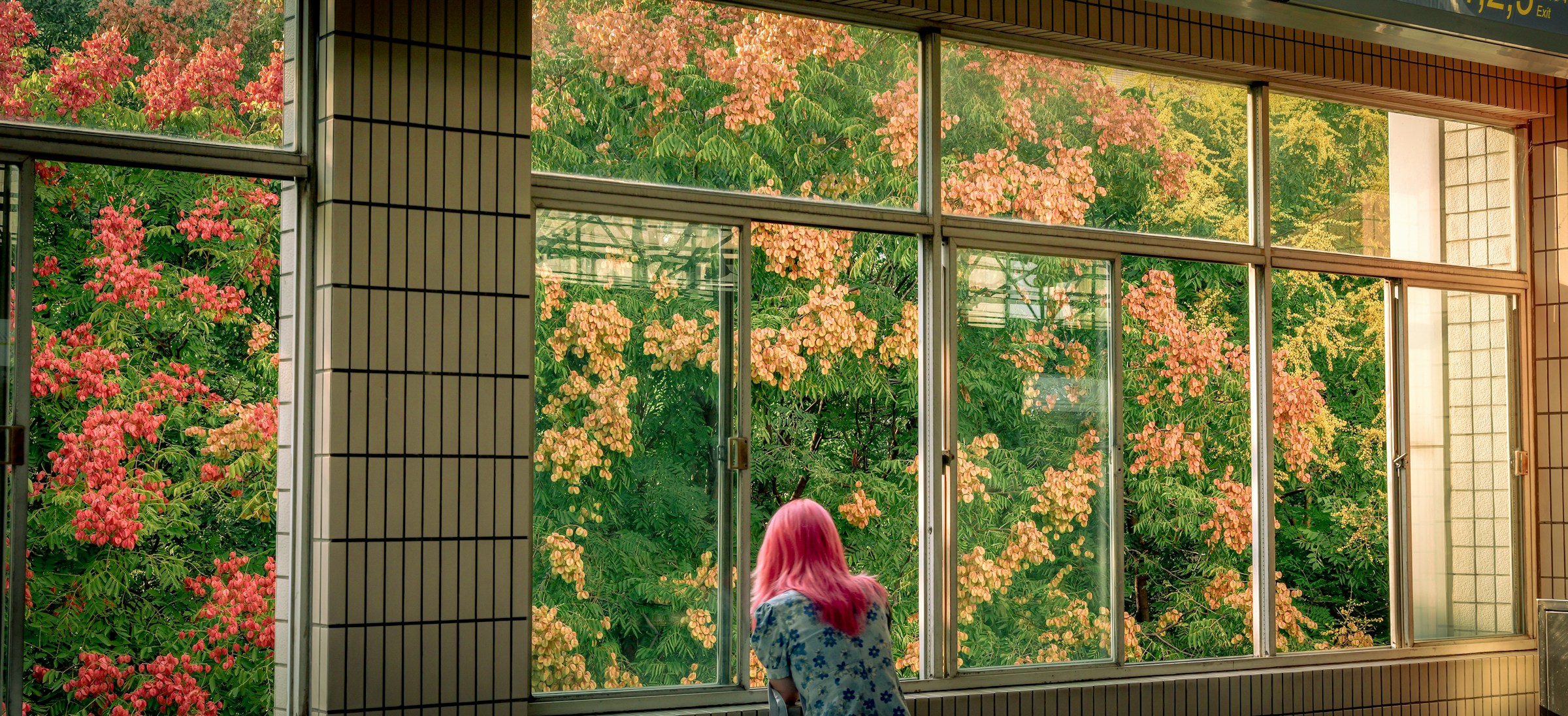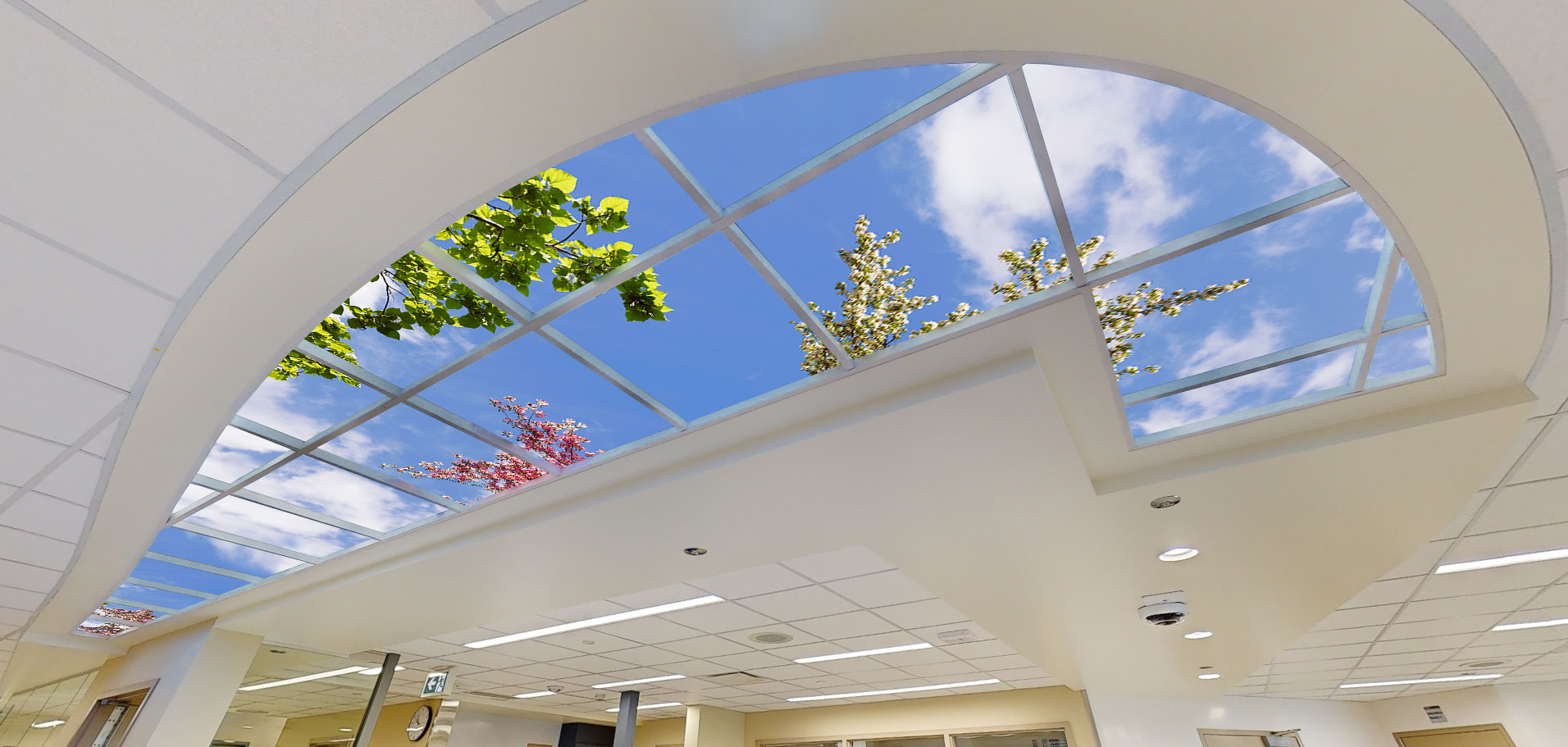On January 25, 2020, The School of Architecture at Taliesin (SoAT) announced that it had been unable to reach an agreement with the Frank Lloyd Wright Foundation to keep the school open. However, widespread public outcry against closing American architecture’s idyllic academy, galvanized supporters of this one-of-a-kind educational experience.
Barely a month after announcing its decision to close down the school, on March 5th, the school board announced that the financial landscape had improved enough to secure its long-term viability. However, the Frank Lloyd Foundation itself, which owns the buildings that serve as the school’s campus in Arizona and Wisconsin, has decided to let the legal framework that binds both organizations expire on July 31, 2020.
“The foundation will return to its own efforts to develop new programs in architect education that advance the legacy, [Wright’s] pedagogical ideas, and the integrity of Taliesin and Taliesin West as architectural campuses,” according to a March 14 memo ratifying the foundation’s position.1
Under the memorandum of understanding (MOU) that governs their relationship to the foundation, SoAT has little leverage. So while the famed school might return to its unaccredited roots or somehow find a middle way, its place in architectural culture seems to have touched a nerve between those who favor looking ahead and those who feel a return to the past is the best foot forward.
The brainchild of Frank Lloyd Wright and his wife, Olgivanna, the Taliesin Fellowship sprang forth from their desire to offer an iconoclastic educational experience. More than that, they sought a holistic approach to architectural practice—work not separated from daily life, but steeped in it—part and parcel of the maker, the artist, and the new architect.
This forward-thinking Fellowship of Apprentices, as Wright referred to those who joined the program, would form a singular community devoted to what the 65-year-old master called organic architecture. Wright’s maverick approach was to incorporate “the very qualities most basic and worthwhile in Philosophy, Sculpture, Painting, Music, and the Industrial Crafts.”2
Despite the desperate circumstances surrounding his practice at the height of the Depression, Wright survived through his lectures and writings. At Mrs. Wright’s urging, he’d already started organizing and documenting his life’s work.
In book 5 of An Autobiography, in a section headed, “A Station for the Flight of the Soul” (as noted in Myron A. Marty and Shirley L. Marty’s book Frank Lloyd Wright’s Taliesin Fellowship), Wright wrote:
“No buildings to build at the harrowing moment, but capitalizing thirty-five years of past experience, why not build the builders of buildings against the time when buildings might be built again?”
By the summer of 1932, when the Taliesin Fellowship began, his vision had matured. “Principles underlying life and the arts are the same,” Wright affirmed. “So it is the Architecture of Life itself that must be the fundamental and therefore first concern of any true culture anywhere in the world if it is to be made safe for Science.”3
Echoing the ethos of the pioneering German Werkbund—a generation earlier, at the Garden City in Hellerau, on the outskirts of Dresden, Frank Lloyd and Olgivanna believed that a life steeped in the practice and theory of the arts and philosophy was the fertile soil that nurtured mind, body, and spirit in the aspiring architect.
The Taliesin Fellowship became personal journey, discipline, and lifestyle, all in one.
The daily craft of apprenticeship ebbed and flowed between the draughting room, the laboratories, and myriad machine rooms for woodworking, molding and casting, glass-making and pottery, as well as ordinary duties like cooking, washing, and cleaning.
At the same time, Mr. and Mrs. Wright reserved evenings to nurture the demiurge within each student by staging plays, hosting poetry and piano recitals, singularly exposing their sensibilities to the rhythms of both man-made arts and those of wild nature. First in rural Wisconsin, at Spring Green, and then at what became known as Taliesin West, in Scottsdale, Arizona, where nature’s backdrop was the Sonoran Desert, the Taliesin Fellows experienced nature as an extension of both body and craft.
Over time, the Taliesin Fellows would split their time between Wright’s retreats in the Midwest and the Southwest, collaborating on cornerstone projects of the architect’s towering legacy, including the iconic Fallingwater residential project, in Mill Run, Pennsylvania, and the world famous Guggenheim Museum in New York City.
At a time when this singular legacy of Frank Lloyd Wright’s life seems to have been saved from closing its doors to future generations, we’d like to inspire you to keep the Taliesin Fellowship’s ethos alive—what he called The Creative Conscience—by embodying its essential human attributes:
I. An honest ego in a healthy body—good correlation
II. Love of truth and nature
III. Sincerity and courage
IV. Ability for action
V. The esthetic sense
VI. Appreciation of work as idea and idea as work
VII. Fertility of imagination
VIII. Capacity for faith and rebellion
IX. Disregard for commonplace (inorganic) elegance
X. Instinctive cooperation
1 Hilburg, J., Is the School of Architecture Staying Open or Not? The Architect’s Newspaper, March 20, 2020 https://archpaper.com/2020/03/is-the-school-of-architecture-at-taliesin-staying-open-not-so-fast/
2, 3 Myron Marty A., and Shirley L. Marty (1999). Frank Lloyd Wright’s Taliesin Fellowship, Truman State University Press, Kirksville, MO, USA.



